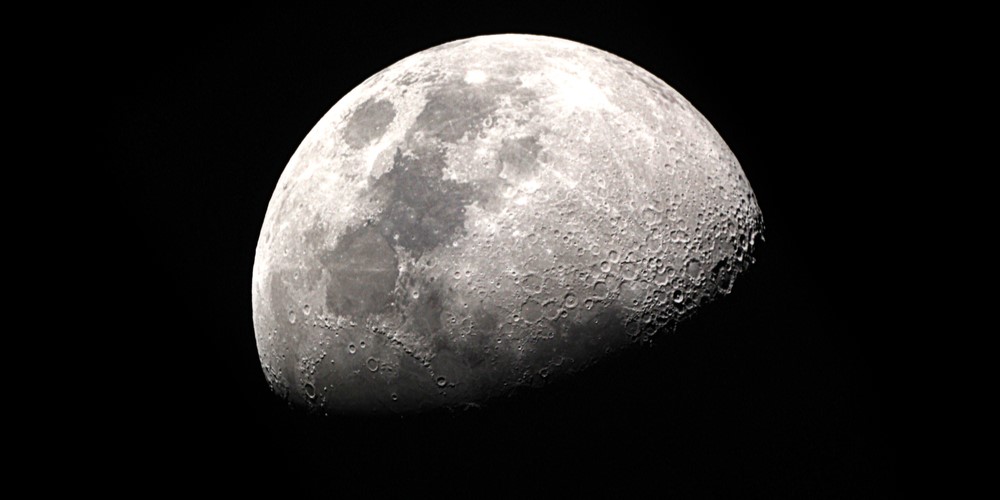A new discovery on the moon could provide natural shelter for future astronauts.
Others are reading now
A groundbreaking discovery on the moon could offer natural shelter for future lunar astronauts, scientists report.
According to the Associated Press, an Italian-led team has discovered and confirmed the existence of a sizable cave on the moon, located not far from the historic Apollo 11 landing site.
This cave, accessible from the deepest known pit on the moon, is situated in the Sea of Tranquility, approximately 250 miles (400 kilometers) from where Neil Armstrong and Buzz Aldrin landed 55 years ago.
Evidence of Lava Tubes
The pit, along with over 200 others discovered on the moon, was formed by the collapse of a lava tube.
Also read
Researchers analyzed radar measurements from NASA’s Lunar Reconnaissance Orbiter and compared the data with lava tubes on Earth.
Their findings, published in the journal Nature Astronomy, revealed the initial part of the underground cavity. This cavity is estimated to be at least 130 feet (40 meters) wide and several meters long, possibly even longer.
“Lunar caves have remained a mystery for over 50 years. So it was exciting to be able to finally prove their existence,” wrote Leonardo Carrer and Lorenzo Bruzzone of the University of Trento.
Potential for Future Exploration
Most of these pits are located in the moon’s ancient lava plains, and there could also be some at the moon’s south pole, where NASA plans to land astronauts later this decade.
Permanently shadowed craters at the south pole are believed to hold frozen water, which could be used for drinking water and rocket fuel.
Natural Shelter Benefits
The discovery suggests there could be hundreds of pits and thousands of lava tubes on the moon.
These natural shelters could protect astronauts from cosmic rays, solar radiation, and micrometeorite strikes. Building habitats from scratch on the moon would be more time-consuming and challenging, although reinforcing the cave walls might be necessary to prevent collapse.
Additionally, rocks and materials inside these caves, unaltered by harsh surface conditions, can help scientists better understand the moon’s evolution, particularly its volcanic activity.


